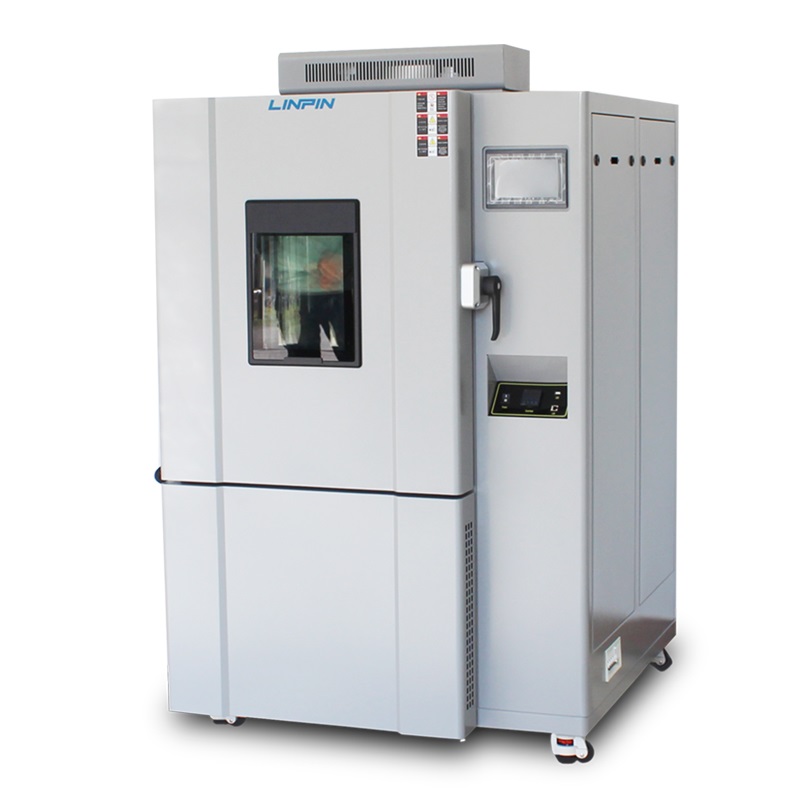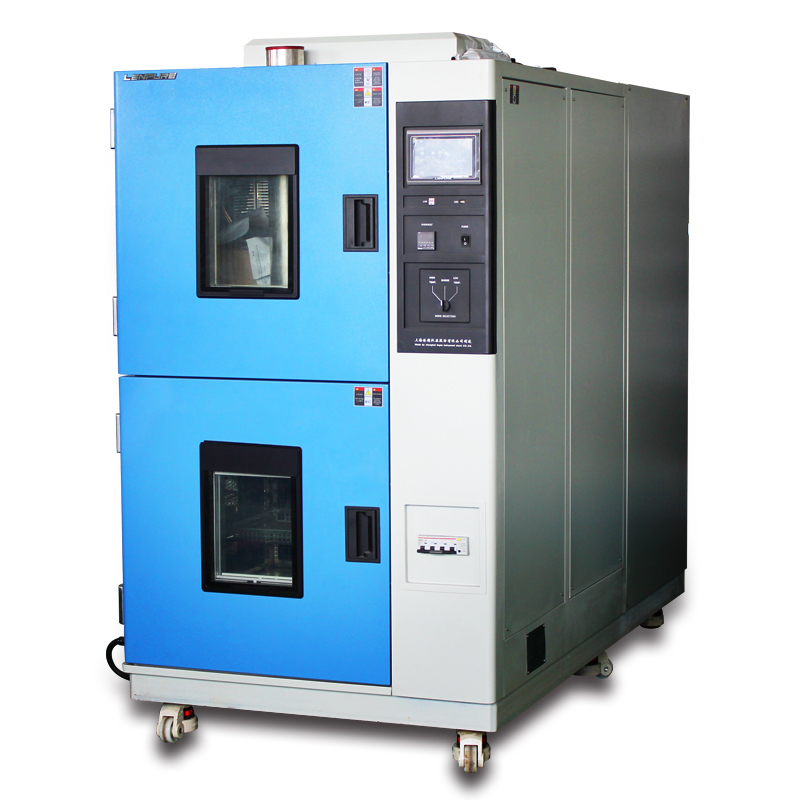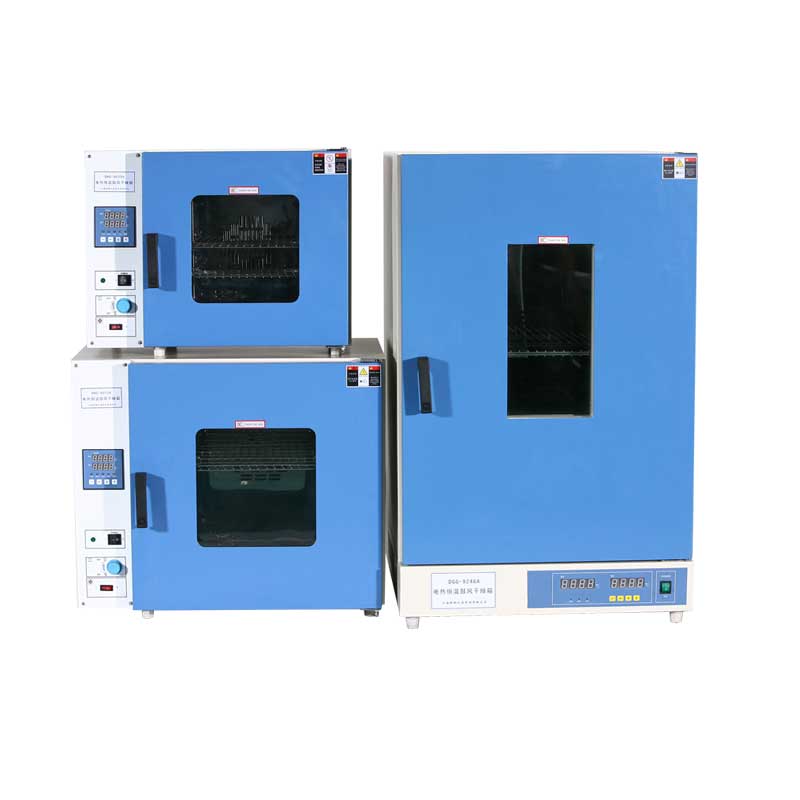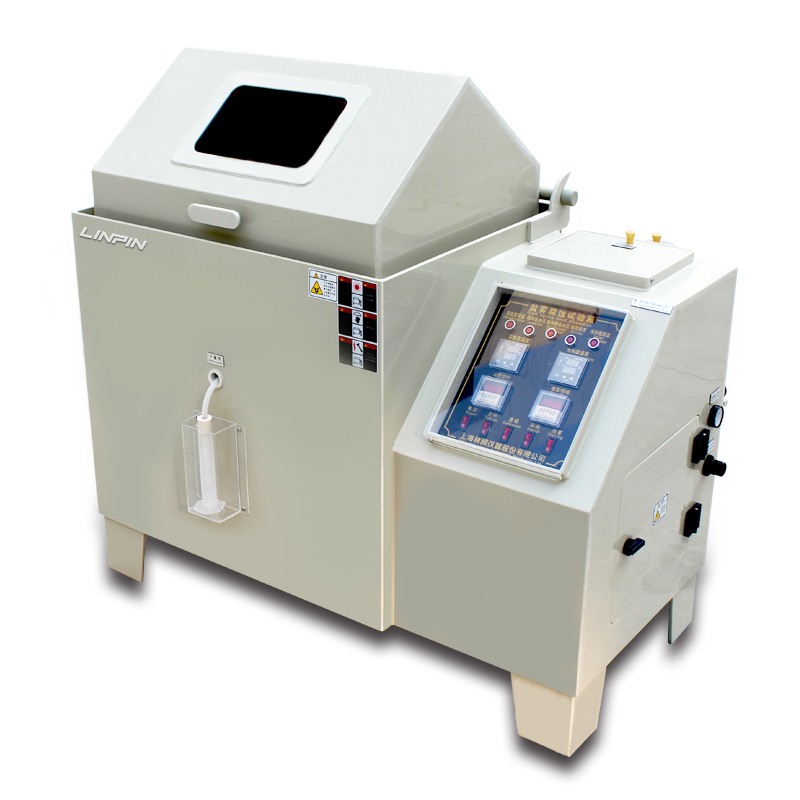The Necessity of Vehicle Water Intrusion Testing
Author:LINPIN Update Time:2025-09-15 Source:LINPINWater intrusion testing, commonly referred to as vehicle water spray or rain testing, is a critical validation procedure in automotive engineering. This test evaluates a vehicle’s ability to resist water penetration under controlled conditions, ensuring compliance with industry standards and customer expectations. The process involves subjecting vehicles to high-pressure water jets or simulated rainfall to identify potential leakage points in seals, joints, and body assemblies.
Purpose and Scope of Water Intrusion Testing
Automotive manufacturers conduct water intrusion tests to verify the integrity of a vehicle’s exterior sealing systems. The primary objectives include:
- Preventing Water Leakage – Ensuring that no water enters the passenger compartment, trunk, or critical electronic components under normal or extreme weather conditions.
- Durability Validation – Assessing the long-term performance of seals, gaskets, and drainage systems to prevent premature degradation.
- Regulatory Compliance – Meeting international standards such as ISO 20653, SAE J994, and OEM-specific requirements that define water resistance levels for different vehicle zones.
- Customer Satisfaction – Eliminating defects that could lead to consumer complaints, warranty claims, or recalls related to water damage.

Testing Methodology and Standards
Water intrusion tests are conducted in specialized chambers equipped with nozzles that simulate rainfall or high-pressure water jets. The test parameters vary based on vehicle type and regional climate conditions. Common methodologies include:
- Static Testing – The vehicle remains stationary while exposed to water sprays from multiple angles.
- Dynamic Testing – The vehicle is driven through a water spray system to replicate real-world conditions such as driving in heavy rain or through puddles.
- High-Pressure Testing – Targeted jets (up to 1000 kPa) are applied to door seams, sunroofs, and windshield edges to identify weak points.
International standards define specific testing durations, pressures, and acceptance criteria. For instance, ISO 20653 classifies protection levels (IP codes) for electrical components, while OEMs may impose stricter internal protocols.
Key Areas of Evaluation
During testing, engineers focus on high-risk zones where water ingress is most likely:
- Door Seals and Window Seals – Improperly aligned seals or material defects can allow water to seep into the cabin.
- Sunroof and Windshield Bonding – Weak adhesives or faulty drainage channels may lead to leaks.
- Body Panel Joints – Gaps in welded or bonded sections must remain watertight.
- Underbody and Wheel Wells – Splash guards and undercoatings are examined for erosion resistance.
- Electrical and HVAC Systems – Sensitive components must remain dry to avoid malfunctions.

Economic and Safety Implications
Failure to conduct thorough water intrusion testing can result in significant financial and reputational losses. Water damage may lead to:
- Corrosion – Prolonged exposure accelerates rust formation, compromising structural integrity.
- Electrical Failures – Short circuits in control units or infotainment systems pose safety risks.
- Mold and Odor Issues – Moisture accumulation fosters microbial growth, affecting air quality.
Automakers mitigate these risks by integrating water testing early in the development cycle, reducing late-stage design changes.
Vehicle water intrusion testing is an indispensable step in automotive quality assurance. By rigorously evaluating sealing systems under simulated environmental stresses, manufacturers enhance durability, safety, and consumer confidence. Continuous advancements in testing technology further refine detection capabilities, ensuring vehicles meet evolving global standards.





